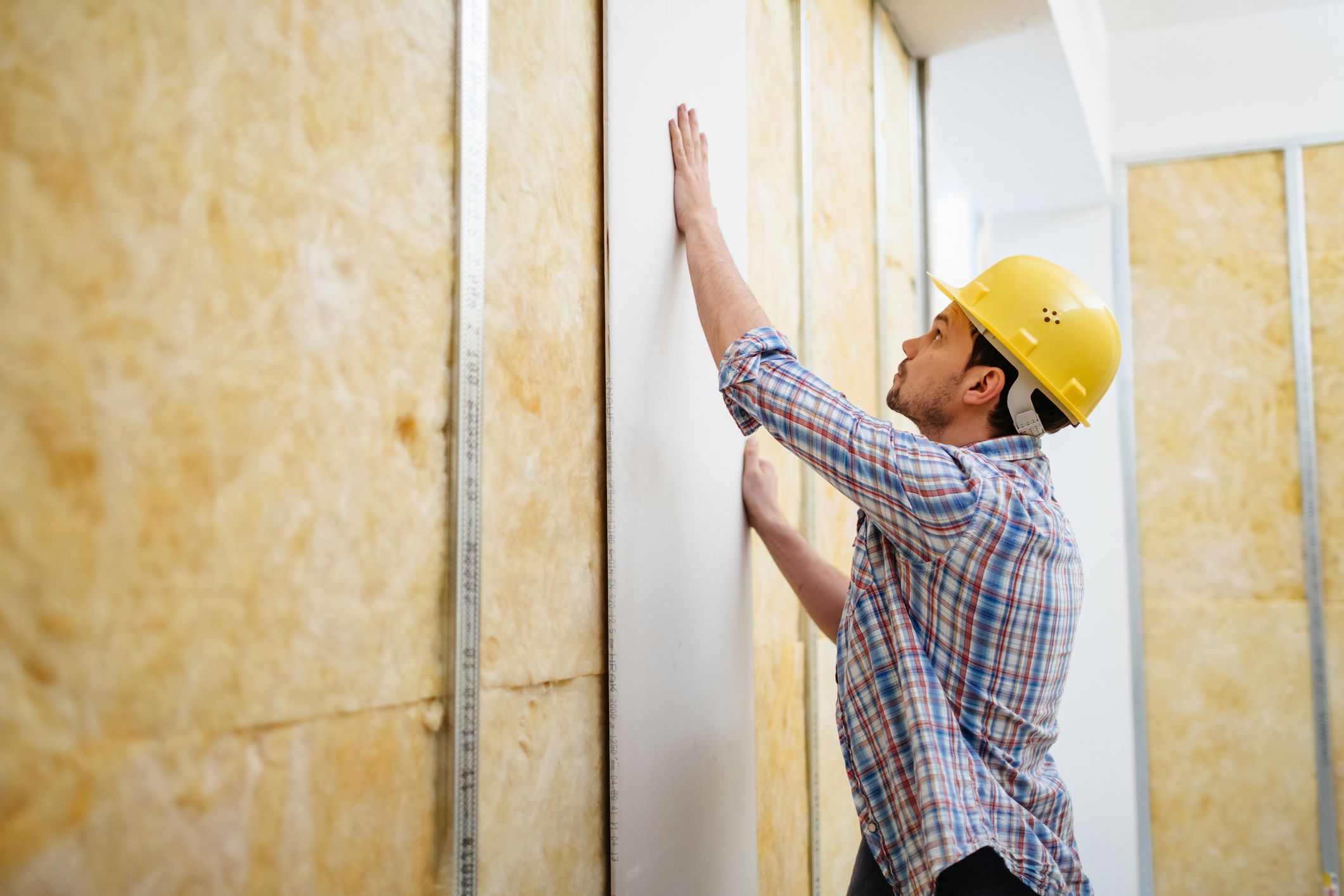Soundproofing is the process of reducing or eliminating the transmission of sound from one area to another. Here are some steps to soundproof a room or space:
Identify the source of the noise: Determine where the unwanted noise is coming from and how it’s entering your space. This will help you target your soundproofing efforts more effectively.
Seal gaps and cracks: Use weatherstripping, caulk, or other sealants to close any gaps or cracks in doors, windows, and walls, as these are common points of sound leakage.
Install soundproof curtains or acoustic panels: Hang thick curtains with soundproofing qualities or install acoustic panels on the walls to absorb and block sound.
Use rugs or carpets: Lay down rugs or carpets to help dampen sound and reduce echoing in a room.
Add bookshelves or furniture: Filling a room with furniture and bookshelves can help absorb sound and reduce its transmission.
Soundproof doors: Install solid-core doors or add door sweeps and seals to minimize sound transfer through doors.
Consider acoustic insulation: Use specialized acoustic insulation materials in walls, floors, and ceilings to reduce sound transmission.
Double-layer drywall: Adding a second layer of drywall with green glue or resilient channels can significantly improve soundproofing.
Use soundproofing paint: Acoustic paint can be applied to walls and ceilings to enhance soundproofing.
Address vibrations: Isolate vibrations by using rubber or cork under heavy appliances, or install acoustic underlay beneath flooring.
White noise or sound masking: Consider using white noise machines or sound masking systems to drown out unwanted sounds with more pleasant ones.
Build a room within a room: In extreme cases, creating a room within a room with an air gap in between can be an effective soundproofing method.
The specific approach you take will depend on the type and intensity of the noise you’re trying to reduce. It’s often best to combine multiple methods for the most effective soundproofing.


